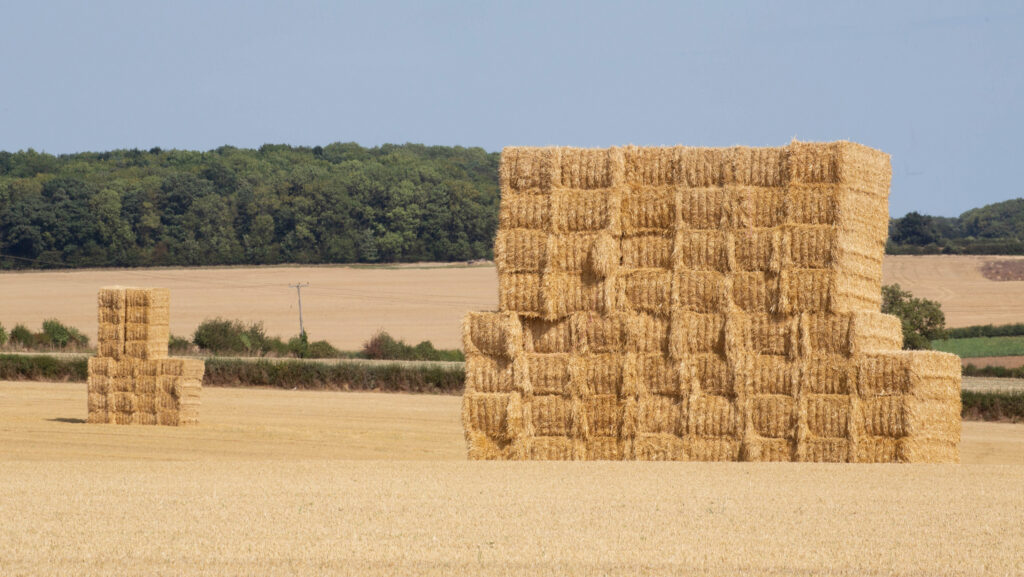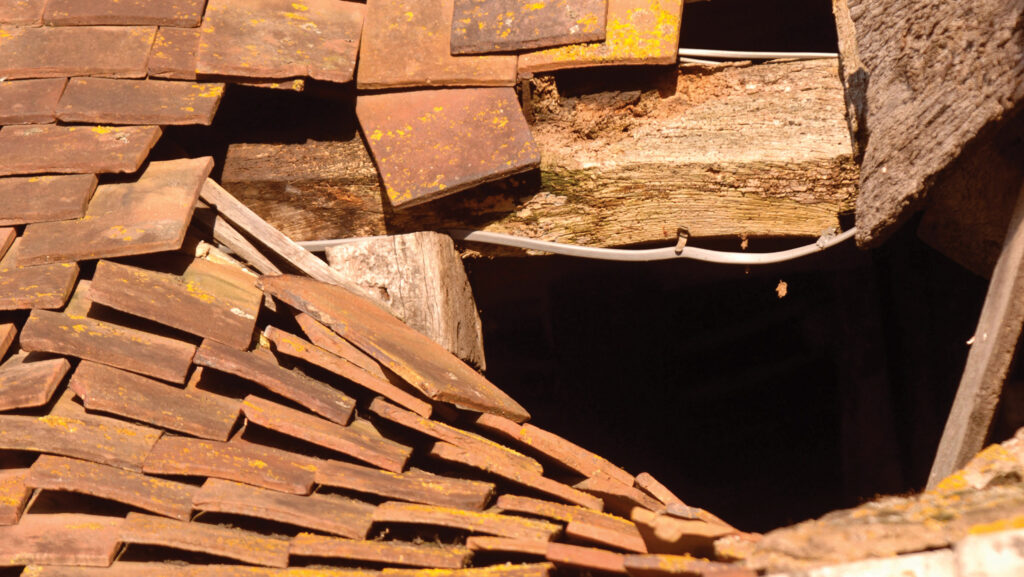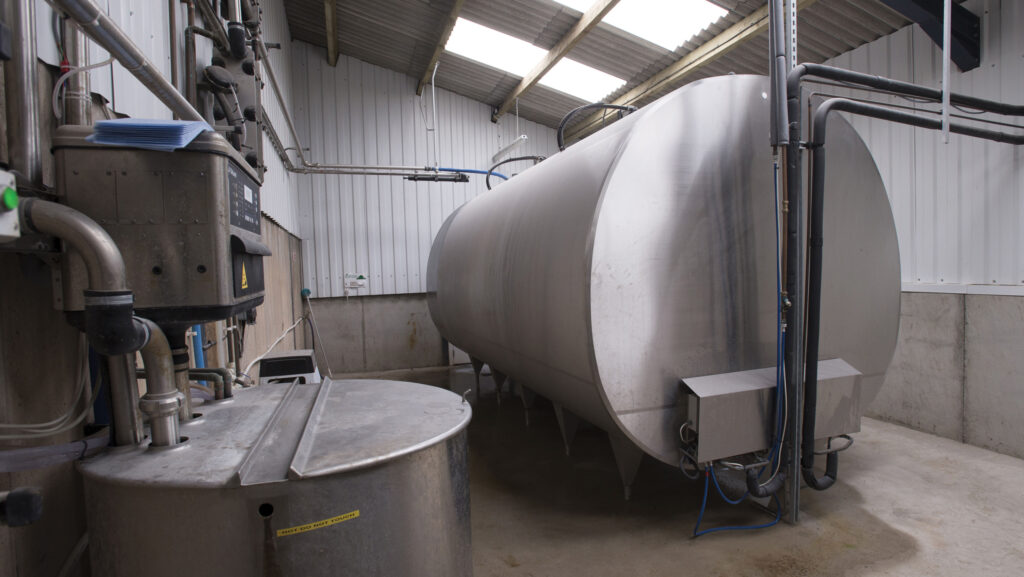Why farm insurance should be more than a once a year thought
 © Tim Scrivener
© Tim Scrivener Farm insurance is currently a competitive market, although costs generally are rising at 5% to 10% including indexation, say brokers. There is slight downward pressure on motor premiums.
For those looking to move insurer or to review existing cover and get alternative quotes, claims history and attitude to risk in terms of how the business is managed will determine their insurance costs.
Being proactive about insurance can pay off, say advisers.
Farmers looking to buy a new tractor might get three or four machines on demo and spend a day at a show looking at kit, but will rarely spend just an hour or two sorting out insurance cover, says Alan Tate-Smith, agriculture development director at Towergate Insurance Brokers.
See also: Legal expenses insurance – what farmers should know
The best outcome will be achieved by starting this process six to eight weeks before the renewal date, say brokers, allowing time for visits and quotes to be drawn up and considered.
Things change outside the renewal date too, Alan points out.
With fluctuating livestock and straw values a particular concern at present, these should be regularly reviewed to avoid underinsurance which would result not only in a lower payout but also in a penalty being applied representing the degree of under insurance.
While not encouraging reductions in cover, he suggests that those who are looking for savings might consider how many named storms there have been in the past 10 years or so and what the damage has been to their farm.

© Alamy Stock Photo
“If there has never been damage to buildings, ask yourself two questions,” he says.
“First, can you afford to live without that building and second, can you afford to replace it? If the answer to either of those is ‘yes’ then it might be worth reducing storm cover and taking the risk yourself.”
While the values of farm items may be relatively accessible, people often underestimate the value of their household contents, so this should be given a bit more attention,” says Alan.
People and liability cover
While the physical risks on farm are still there and need managing, more farmers should consider management liability cover as part of their insurance portfolio, says Alan.
“Physical risks are reducing all the time, with developments such as better electrics and pre-stressed panels making the more historic claim types less likely.
“However, the rise in both litigation and regulatory action from bodies such as the Environment Agency and Health and Safety Executive mean a robust legal policy is increasingly essential to modern farming businesses,” says Alan.
“Management liability insurance gives advice and support for investigations and prosecutions by such bodies and also covers HMRC investigations, often negating the need for separate cover with your accountant.”
This type of cover is available for limited companies, partnerships and sole traders. One of the best known products of this type is Rural Protect, with the cost based on turnover but generally in a range from £350 to £500, say brokers.
Machinery claims
Rising machinery prices and repair cost increases are pushing up the value of insurance claims significantly.
“We’re seeing escalating costs of claims on new machines, especially on tractors, combines and telescopic handlers without a huge amount of repair to be done. Parts costs have gone up hugely and labour is up too,” says Nigel Wellings, a director and broker with Acres Insurance Brokers.
“Our average claim on machinery now is £11,500 compared with about £5,000 a few years ago.”
In terms of premium cost, tractors over the past few years have been at roughly £10 for each £1,000 of value, says Nigel. However, the rate is now about £12 per £1,000 of value.
Combined with the jump in values this has pushed up insurance costs.
It’s worth calculating the insurance impact before trading in or selling kit to upgrade, advises Nigel.
“For example, you might have two or three tractors each worth £30,000. If you replace those with one worth £150,000 that will probably cost 50% more to insure than the older ones together.”
Flex header issues
A recent development in terms of large machinery insurance claims is that of flex headers. “We’ve had four written off in the last two seasons, costing about £100,000 to replace,” says Nigel.
“These are quite complex, with a design that uses a belt rather than an auger.
“Stone damage can be an issue, while a large oil reservoir to the rear of the header means there is potential for oil leaks from cables, which also increases the fire risk.
“There’s not much the operator can do in terms of prevention, but MacDon flex headers, which have been around for 20 or so years in the UK, don’t appear to be susceptible to these issues,” says Nigel.
At H&H Insurance Brokers, head of agriculture David Murchie reiterates the need to keep updating livestock and deadstock values. “Sometimes people are reluctant to do this because they know that if it’s gone up then cover is going to cost more.”
Milk values
Another aspect of this that might be overlooked is the level of cover for antibiotic contamination of milk. Higher milk prices mean this needs to be reviewed, and not just at the annual renewal.
While implements do not have individual cover, they are covered when attached to a tractor or other prime mover piece of kit.
However, policies have an implement value limit which generally ranges from £50,000 to £150,000, depending on the insurer, so anything above that limit needs to be notified through the broker or directly to the insurer.
David also reminds farmers that regular electrical checks by a qualified and competent person are advised for farm buildings, which are classed as commercial premises.
The Electricity at Work Regulations 1989 require employers and property managers to maintain electrical systems in a safe condition, while the Health and Safety at Work Act 1974 puts a general duty on employers to protect the health, safety, and welfare of their employees and others who may be affected by their business.
Although there is no legal interval for inspections of electrical installations, at least once every five years is recommended. More frequent inspections might be needed where there are complex electrical systems or significant industrial equipment.
Failing to have these checks done and to have evidence of them not only increases the risk to the business and its people, it may also invalidate cover and increase the risk of prosecution if there is an incident, David warns.

© Alamy Stock Photo
Insurance tips
- When reviewing insurance, allow six to eight weeks before renewal to line up alternative quotes
- Observe legal requirements such as regular electrical checks – failing to do so can invalidate cover
- Check implement value limit and inform insurers of anything above the policy limit
- Tot up the cost to replace your household contents – these are often undervalued and so not adequately covered
- If biomass boilers and /or batteries are being considered, inform your insurer before deciding where to site these
- If undertaking any diversification, inform the broker or insurer well in advance, not only to get the right cover in place but also for risk reduction advice.
